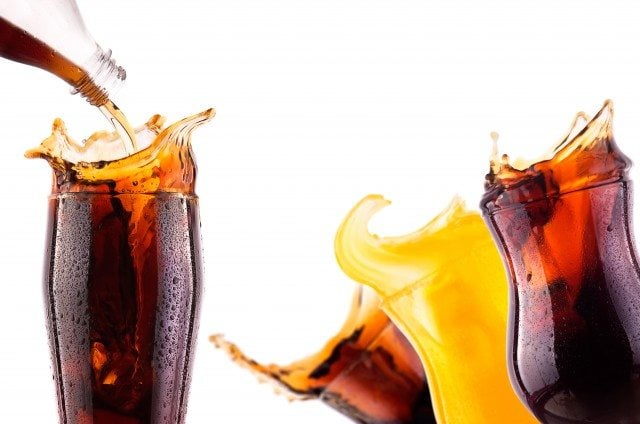Agr International and Container Science have introduced an update to PPT3000 testing systems of bottles with M-RULE shelf-life model that will provide more accurate shelf-life estimates verses current, time-consuming methods such as Zahm-Nagel, Septum and other long-term tests.
The changes made to the PPT3000 include the ability to directly enter wall thickness data.
This enhancement, in addition to other improvements, provides a more accurate estimation of shelf-life on current bottle production.
“We made improvements to the PPT3000 in the way that we define material utilization, which is intended to give the user a better understanding of how shelf life performance relates to material utilization in a given bottle design,” says Sudha Christy, product manager for the PPT3000,
Bottle testing parameters
When Agr introduced its PPT3000 testing system several years ago, it offered a means to test bottle shelf-life as part of a simple and quick pressure test that could be performed at or near the production line.
“There are many variables that affect the outcome of long-term tests. These can cause disparity between samples and batches,” says Mark Rule, president of Container Sciences.
“With the M-RULE shelf-life model, the variability is a non-issue. All samples are subjected to the same testing criteria and environment.”
“Temperature, humidity, volume, carbonization levels and other variables that can affect shelf-life are pre-defined as part of the model and reproduced for every test.”
“Furthermore, you can get your results within the current production window and can use that data to pro-actively manage the process.”
“Fingerprinting” bottle designs
In less than sixty seconds, pressure and volume expansion data on a given bottle is captured by the PPT3000 tester and analyzed by a version of the M-RULE software.
This data is then used to map material utilization in relation to shelf-life for the bottles being tested.
To address the attributes of individual bottle designs, Agr creates a custom “fingerprint” that holds the recipe for shelf-life testing of a particular bottle design.
These fingerprints can be built for the specific end-use requirements such as carbon dioxide egress on carbonated soft drink bottles, as well as oxygen ingress or water loss on light weight water bottles.
The fingerprint information is incorporated into the job for that bottle on the PPT3000 and called upon when testing bottles of the same type to determine material utilization and shelf-life performance.










